Man Who Mass-Extorted Psychotherapy Patients Gets Six Years
Krebs on Security
APRIL 30, 2024
A 26-year-old Finnish man was sentenced to more than six years in prison today after being convicted of hacking into an online psychotherapy clinic, leaking tens of thousands of patient therapy records, and attempting to extort the clinic and patients. After being charged with the attack in October 2022, Kivimäki fled the country.


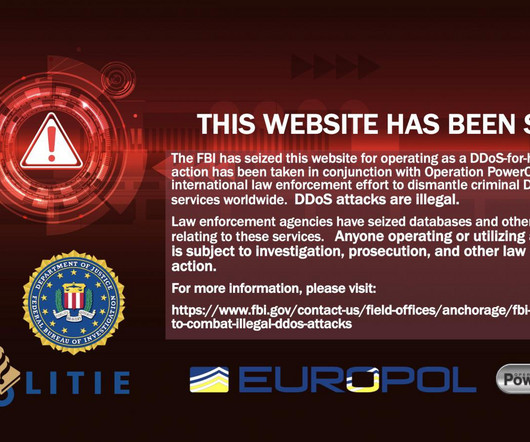
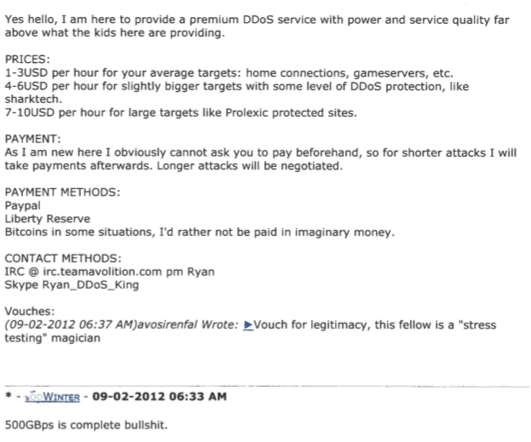
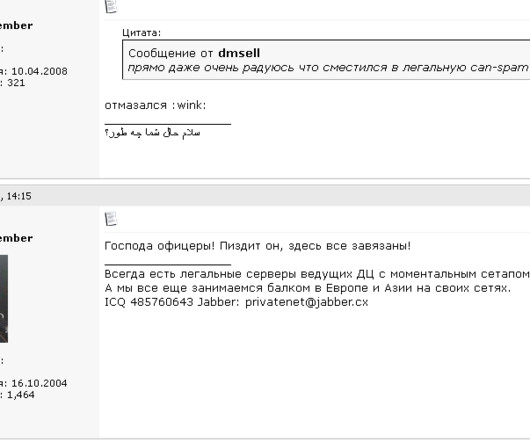
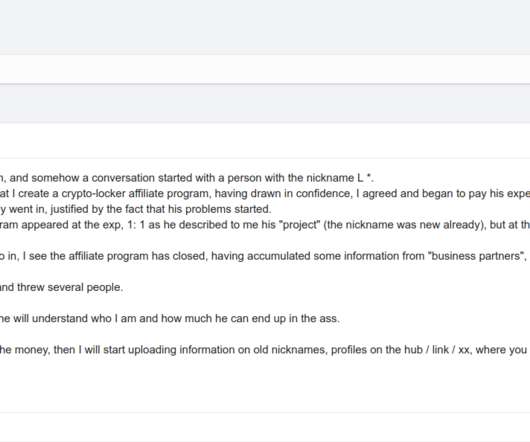
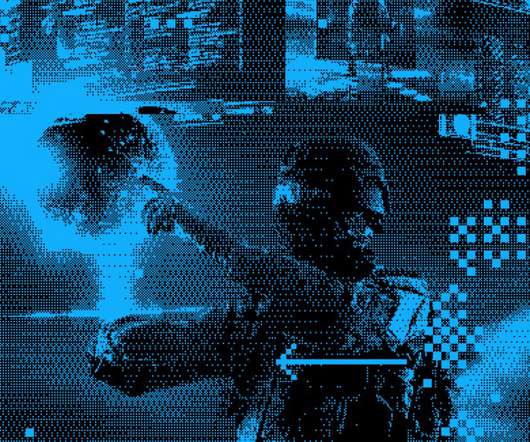
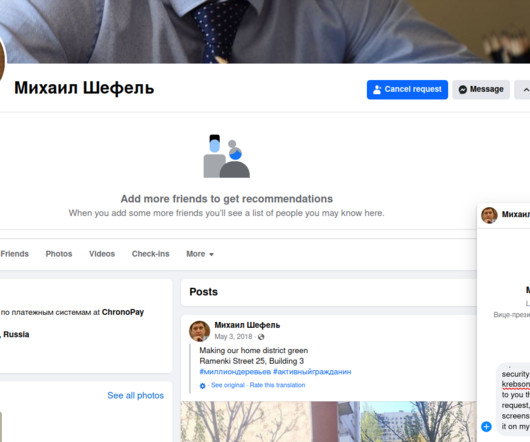




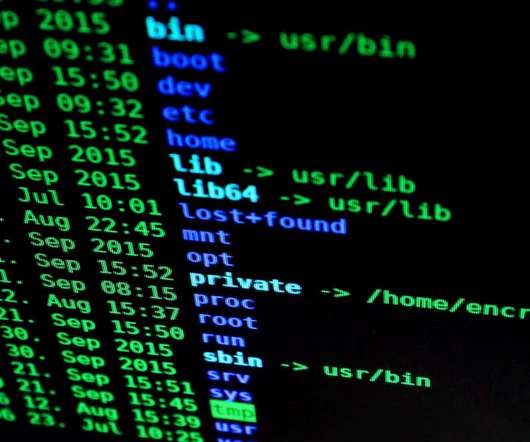







Let's personalize your content